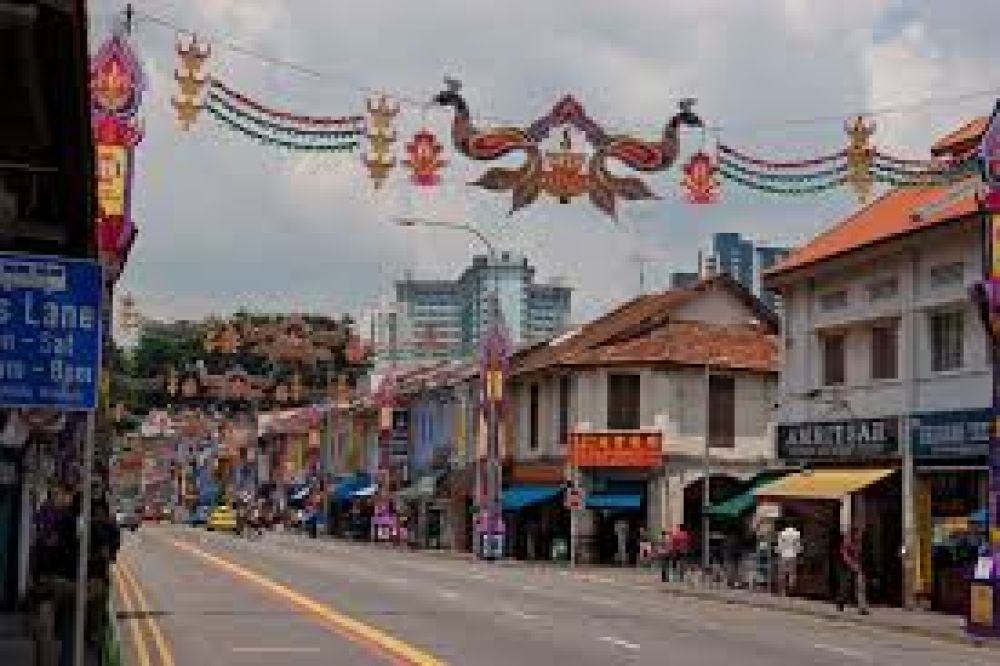

Nestled within the heart of Singapore is a vibrant district known as Little India. This bustling enclave is an immersion into the depths of Indian culture, cuisine, and commerce outside the Indian subcontinent. The history of Little India as a tourist destination is as colorful as the district itself, evolving from its modest beginnings as a settlement for Indian immigrants to becoming one of Singapore's most beloved tourist spots.
The tourism history of Little India is intertwined with the district's own origins back in the 19th century. Initially, it was an ethnic district for the Indian community which grew around the Serangoon Road after the British Colonial government allocated the area for Tamil convicts. The convicts helped to construct the road and later settled in the vicinity, leading to the growth of a vibrant community.
Over time, the district's unique cultural offerings began to attract visitors from around the world. In the 1980s and 1990s, a surge in tourism in Singapore saw the government and private stakeholders invest heavily in promoting various ethnic quarters, including Little India, as unique attractions. The installation of historical markers, street enhancements, and the opening of cultural centers helped to solidify Little India's position on the tourist map.
Visitors to Little India today can enjoy a myriad of sights, sounds, and flavors. From the fragrant Tekka Centre, a hub for fresh produce and spices, to the landmark Sri Veeramakaliamman Temple, the neighborhood boasts a rich mixture of history and culture. Annual celebrations like Deepavali and Pongal further showcase the district's vibrant cultural heritage and draw in crowds looking for an authentic experience.
In recent years, Little India has adapted to changing tourism trends by diversifying its experiences. The district has embraced heritage walks, culinary tours, and cultural workshops that offer a hands-on approach to visitors eager to learn about Indian traditions. There's also a growing trend in boutique accommodations, catering to travelers seeking a more intimate and culturally rich stay.
Today, there's a significant shift towards sustainable and experiential tourism in Little India. Efforts to involve the local community in tourism initiatives have increased, which helps to ensure that the benefits of tourism are equitably distributed. Tourists are encouraged to engage with the culture at a deeper level, supporting local artisans and vendors by purchasing authentic handicrafts and participating in community-led events.
Like many tourist destinations worldwide, Little India too faces challenges such as commercialization and the loss of authenticity. However, ongoing efforts by heritage activists and the local community point to a commitment to preserving the unique character of Littlely India. With a balanced approach, Little India is poised to remain a cherished destination that marries the allure of the past with the vibrant energy of present-day Singapore.
Whether it's through the discovery of its rich history, the indulgence in its culinary delights, or the joy of its festive celebrations, Little India continues to captivate the hearts of tourists. The district's ability to innovate while preserving its heritage ensures that the tapestry of Singapore's tourism scene will remain bright and inclusive for years to come.